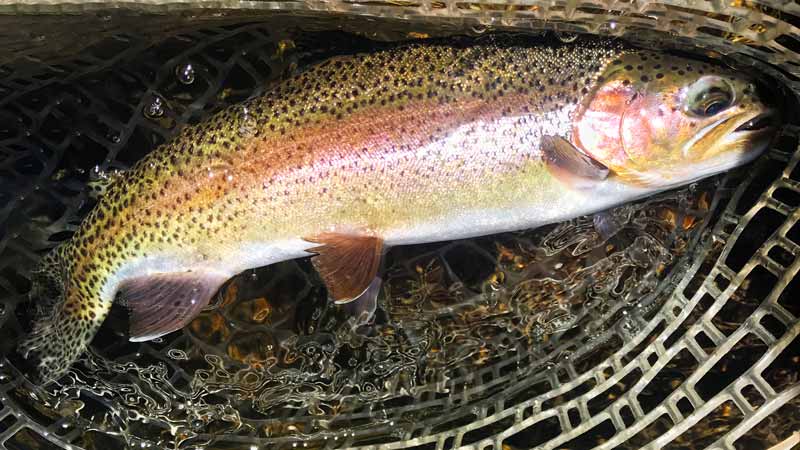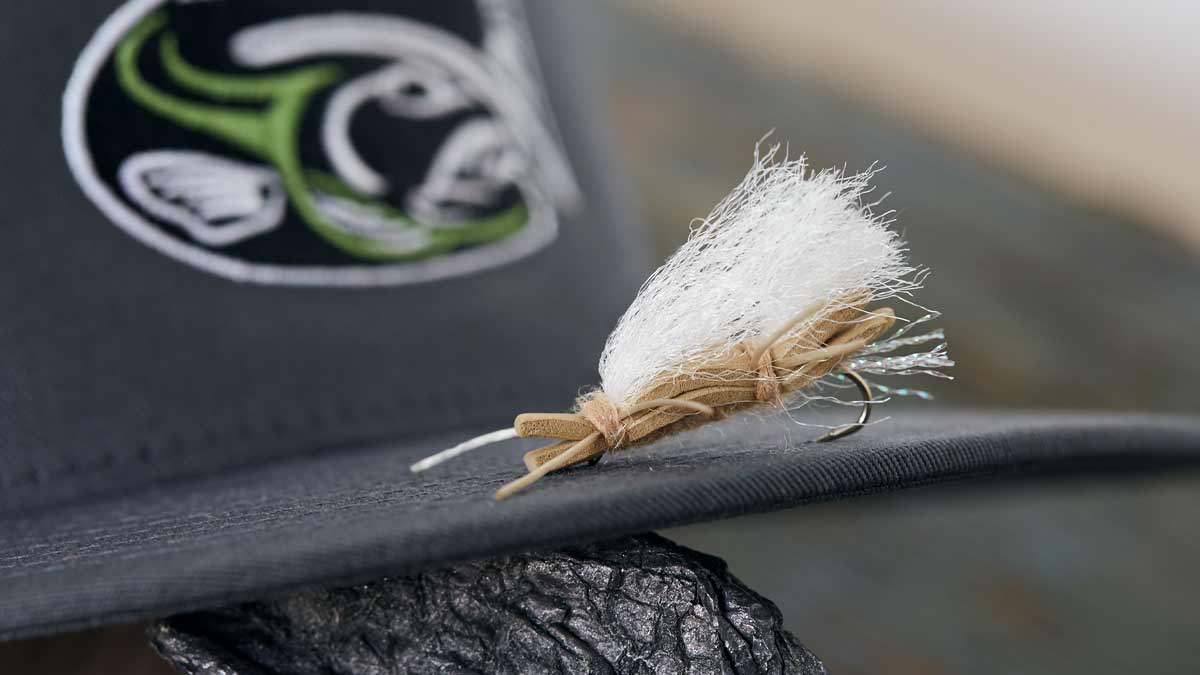
Last weekend, on the way to spend the day fishing my favorite spot on the river, I stopped by my favorite fly-fishing store to pick up a some fly fishing gear. I was dressed and ready to go, in my usual fly-fishing vest and hat. As I walked past the store’s display of fishing hats, a woman stopped me and said, “Hi, do you like your fishing hat? I’m trying to find the right one for my husband, as a gift.”
Always willing to use my fly-fishing knowledge to help someone out, I stood and chatted with her for a few minutes, helping her decide. I told her how I really like the way my hat protects my face from the sun but also keeps my head cool, because of the side mesh panels. Of course I admitted to her that I was partial to that particular hat, because I happened to be wearing one of my official Drifthook Fly Fishing hats. This particular store doesn’t carry my hats (yet), but I helped her choose the right hat from the store’s display.
Later, as I was fishing on the river, I got to thinking about all of my favorite fly-fishing apparel and how it took me years to figure out which items are most important and which I could do without. I thought it might be helpful to go over a few of these items with my fellow fly-fishing enthusiasts, in case anyone else was wondering what to wear for a day on the river.
Now, to be honest, I’ve fished in just shorts and flip-flops before, on a hot summer day after I just happened to pass one of my favorite spots and thought to myself, “Sure, I have a few minutes to get my gear out of the trunk and see if I can catch anything.” I’ve fished in a heavy down jacket and knit ski cap, just as it was starting to snow on a cold, late-fall morning. Over my many years of fly fishing, I’ve fished in all seasons and all weather conditions, in all kinds of clothing. So I can’t really say that I have only one fly-fishing outfit, but I definitely have a go-to set of fly-fishing apparel, and that’s what I want to discuss here.
So here is a list of items I recommend you wear for fly fishing, or at least have on hand. Then, as you fly fish more and more, you’ll be able to decide for yourself which things you can’t do without and which things you don’t really need.
This is the one piece of apparel I always have with me—even on that day when I was in shorts and flip-flops. The right hat will keep the sun off your face, the bugs off your head, and the air flowing through. It doesn’t have to be a hat made specifically for fly fishing as long as it meets these requirements and it’s waterproof.
Fishing Vest.
A good fly fishing vest is like a well-stocked toolbox. Mine has lots of little pockets where I keep my flies, line, and weights handy. It also has a waterproof pocket for my wallet and car keys, and a little loop where I can clip on my water bottle. If you don’t want to wear a fly fishing vest because you think it might be too hot or too heavy, you might try something smaller and lightweight, like a waist pack or compact backpack. I always wear a lightweight T-shirt under my vest, with either short or long sleeves, depending on the weather. If I’m wearing one of my Drifthook Fly Fishing T-shirts, it can be quite the conversation-starter with the other fly fishers I encounter, since we all know how much I like talking about fly fishing.
Rain Coat.
I learned to fly fish in Colorado, where the weather is famously unpredictable—on a summer afternoon, it can change from warm and sunny to cold and rainy in a matter of minutes. So I always keep a good rain coat on hand, and I also have a small poncho in a little packet that tucks into one of the pockets of my fishing vest. I don’t let a few raindrops stop me from doing what I love most (although I do head to the car the second I see lightning; it’s just too dangerous to stay on the water then).
Waders.
Waders—those thick waterproof pants you may have seen fly fishers wearing, standing in the water—are really nice to have. I don’t wear mine every time I fly fish, but I do wear them most of the time, especially when I can see that the fish are rising a little further out than I can reach from the riverbank. You can get either neoprene or synthetic waders. Neoprene fishing waders are the thick, rubbery ones that you probably think of when you hear the term waders. They’re super durable, keeping you warm and dry on even the coldest of days. Synthetic waders are a bit more lightweight and slightly breathable. Where you live (or rather, where you fly fish) will definitely figure in to your decision of which waders are right for you, or you might end up getting a pair of each. I have several pairs of each, since I fly fish on rivers up in the mountains of Colorado, where it can be really cold, even in the summer, and I also fly fish a little closer to home, in the foothills where it’s a bit warmer. Head to a fly-fishing shop or sporting goods store and try on several pairs before you commit to buying them. And if you can, wait until early fall, when most stores put their waders on sale.
Wader Boots.
These boots go right over your waders, and they’re pretty important. So important, in fact, that many of the waders available on the market come with wader boots. Like all types of footwear, wading boots are available in a variety of different styles, with differing levels of support, so you’ll just need to do a little research to determine which wader boots are right for you. I prefer the high-top kind, with good ankle support. Then I can easily make it over the rocks on the bottom of the river. You can get wader boots with rubber soles, or with spiked soles, or with a combination of both, but I prefer the ones I have, which have felt soles. They give me just the right amount of traction if I encounter slippery rocks or mud, and they won’t damage my friend’s boat when I’m fly fishing with him.
Wader Belt.
I have to admit that, during my many years of fly fishing, I have been a little scared out on the water more than once. Water can be very dangerous and unpredictable! So I always—ALWAYS—wear a wader belt with my waders. A wader belt helps secure your waders on to your body so they don’t fall down or gape open, but more importantly, a wader belt keeps your waders from filling up with water. If they filled up with water, it would feel as though your legs were made of cement, and you wouldn’t be able to move. That would be especially dangerous (and potentially disastrous) if you slipped and fell into a hole or off a hidden ledge underneath the water.
Sunglasses.
My Drifthook hat keeps the sun off of my face for the most part, but I NEVER go out on the water without taking my polarized sunglasses with me. The top of the water can have such a strong glare, and those harmful UV rays are not good for your eyes. Plus, when you cut the glare coming off the water, you can better spot the fish, and you can see your fly on the water. I also learned the hard way that you’ll want some of those rope- or string-type holders that keep your glasses from falling into the water in the event they get knocked off your face.



